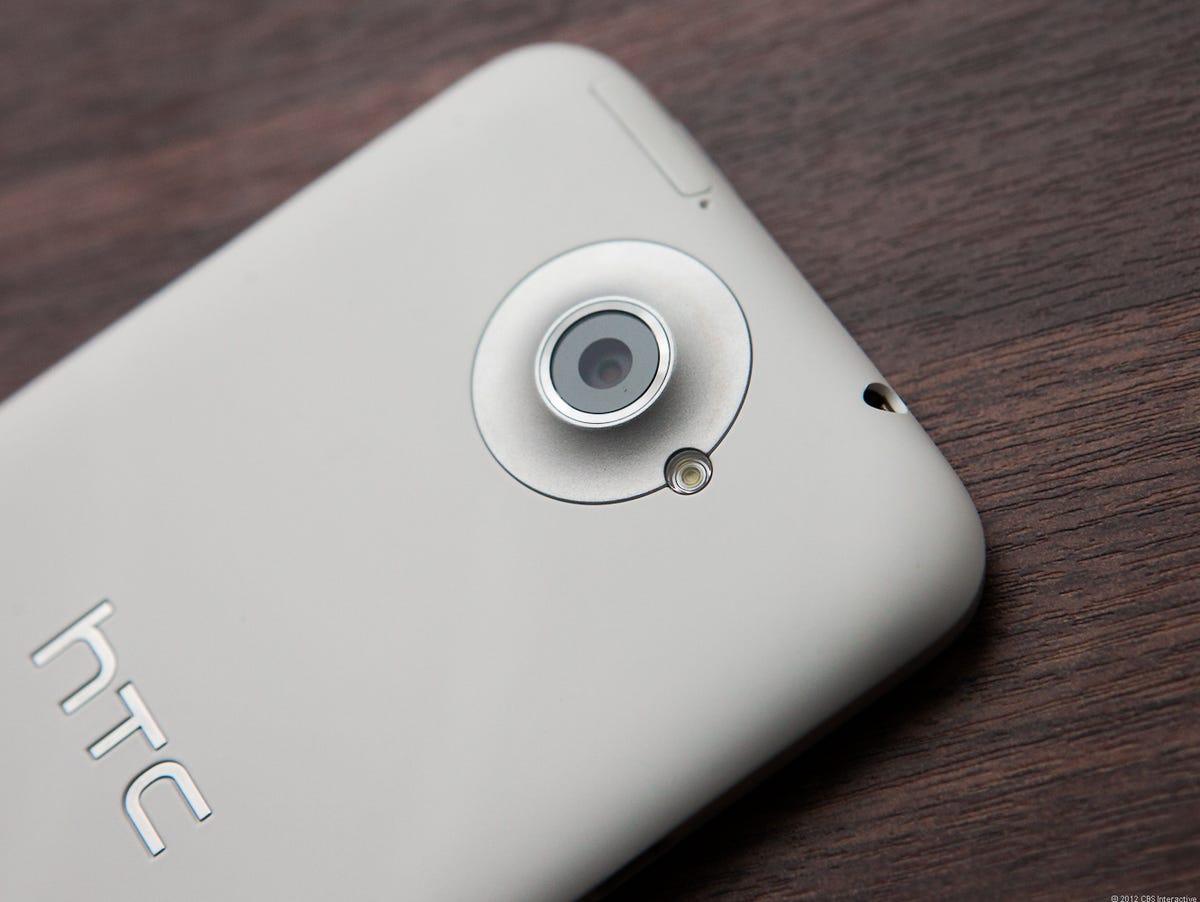If you’re a loyal AT&T subscriber, love Android, and need a new phone badly, you’ve got a tough choice ahead. Both of today’s hottest handsets, the Samsung Galaxy S III and HTC One X, are yours for the taking.
The problem is figuring out which one is a better option. These two superphones are each winners in their own right, but if push comes to shove and you had to select just one, which AT&T device is truly worthy of a place in your pocket? Let’s get down to brass tacks and find out.
Related stories
- Best Samsung Galaxy Z Flip 4 Cases
- TV in the Bathroom: Technically Doable but a Very Bad Idea
- Samsung TV Sale: Save Up to $800 on Select Models at Best Buy
As you can see from this handy dandy chart, both the Samsung Galaxy S3 and HTC One X can hold their own. They do differ in several ways, which makes picking one over the other that much more difficult.
Design
Sculpted from a single block of fancy polycarbonate plastic, the HTC One X is a lovely handset for sure. Its all-white chassis is also pretty striking, plus it feels smooth yet grips fingertips well. Despite its massive 4.7-inch screen, the One X is thin too (0.36 inch) but not quite as trim as the Galaxy S III (0.34 inch).
The Galaxy S III’s design outdoes the One X in other ways too, with Samsung’s latest flagship phone packing both a microSD card slot and removable battery. Samsung Galaxy phones have also gained a bad rap for their cheap-feeling plastic construction. Not so with the Galaxy S III, which sports smoothly rounded curves that fit hands like a glove. And while the Galaxy S III is indeed made from plastic, it has a more premium paint job than its predecessor.


CNET


josh MIller/CNET
Display
It’s hard not to be entertained by the Galaxy S III’s massive 4.8-inch HD Super AMOLED screen. It boasts a high 1,280 by 720-pixel resolution and flaunts colors that pop and blacks that are lusciously deep. The HTC One X’s 4.7-inch HD Super LCD is a contender as well. It too offers a sharp 1,280 by 720-pixel resolution, and while the screen’s colors aren’t as saturated, its hues are more lifelike. Additionally, images and text are more crisp on the One X, plus the display is much brighter. Of course, which of the phone’s displays you prefer comes down to your personal preference. Frankly I hear echos of the old plasma versus LCD HDTV debate.
Up close with the HTC One X (photos)






+6 more
Features and performance
Samsung threw all the bells and whistles into the Galaxy S III. The cutting-edge device comes with a boatload of special software and interface enhancements, some of which work better than others. Real standouts, though, are Android 4.0 Ice Cream Sandwich, and S Beam for transferring content between phones such as photos and video by bumping them together. Running the Galaxy S III’s show is a fast Snapdragon S4 1.5GHz dual-core processor paired with a whopping 2GB of RAM and 16GB of onboard memory.
The HTC One X is no slouch either, equipped with Android 4.0 Ice Cream Sandwich and HTC’s latest Sense 4 UI, which is both intuitive and powerful. Sure, the One X may not come with the amount of ambitious gesture or voice controls as the Galaxy S III. I’d argue, though, that too many snazzy enhancements and special functions may be overwhelming or have limited value. Just like the Galaxy S III, a 1.5GHz dual-core Snapdragon S4 chip pushes the One X’s software along at a quick clip. That said, the phone’s RAM tops out at 1GB, though 16GB of internal storage is included.
Up close and personal with the Samsung Galaxy S3 (pictures)






+13 more
Camera and network
Both the Samsung Galaxy S III and HTC One X pack formidable 8-megapixel cameras with backlit sensors. The dueling phones also take advantage of Ice Cream Sandwich’s new burst shot feature and can capture images with machine gun rapidity. Still, the Galaxy S III wins by a hair in the camera department, capturing clearer and more pleasing HD video. It also has a higher resolution 1.9MP front-facing camera compared to the One X’s 1.3MP vanity image sensor.
When it comes to network connection, the two handsets, thankfully, link to AT&T’s swift 4G LTE infrastructure and both delivered similar data speeds on our tests. We recorded average download speeds north of 15Mbps with peaks exceeding 20Mbps. Of course, your particular experience will vary depending on the usual variables such as the time of day, location, and the proper alignment of celestial bodies. We also conducted data testing for the Galaxy S III in San Francisco and the HTC One X in New York.
Verdict
I have to say it’s a close call and you’ll be served exceptionally well by either of these two phones. If you absolutely must have a bleeding-edge device and want the option of swapping out batteries in a pinch or if your power cell fails, the Samsung Galaxy S III is the way to go. I do know that HTC handsets flaunt a distinctive soul all their own, right down to their elegantly crafted interface and quality craftsmanship. If you fall into this camp, only the HTC One X will float your boat.



